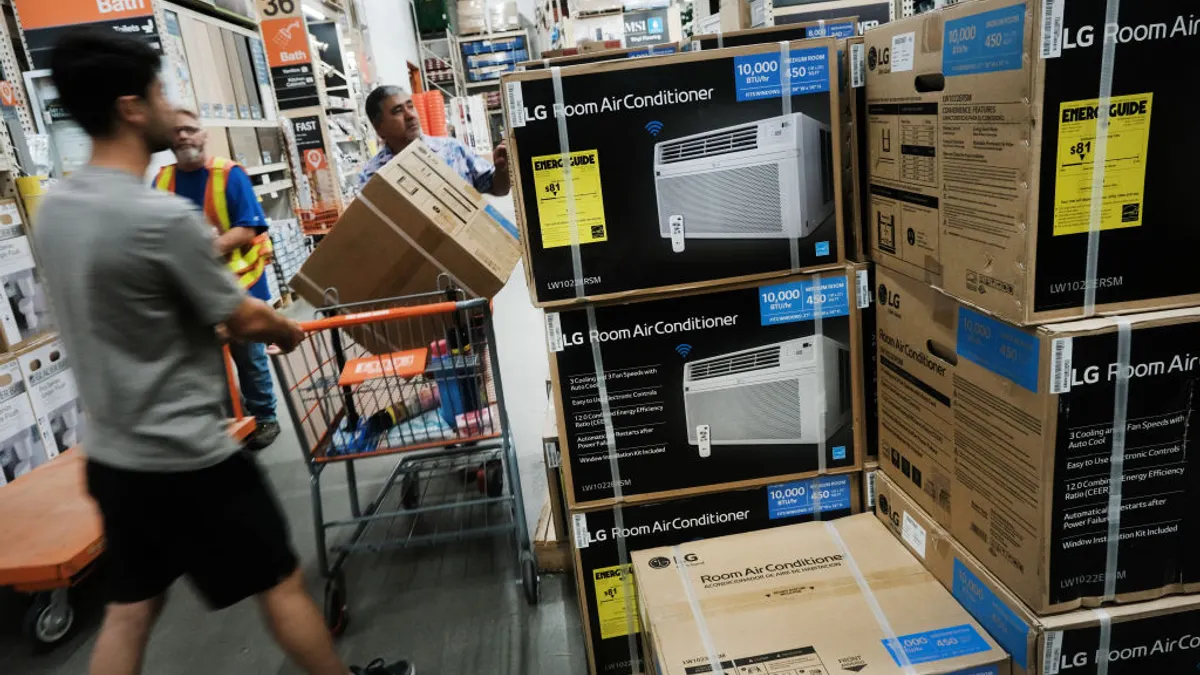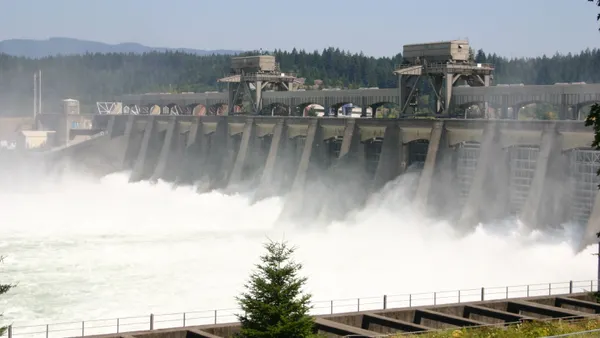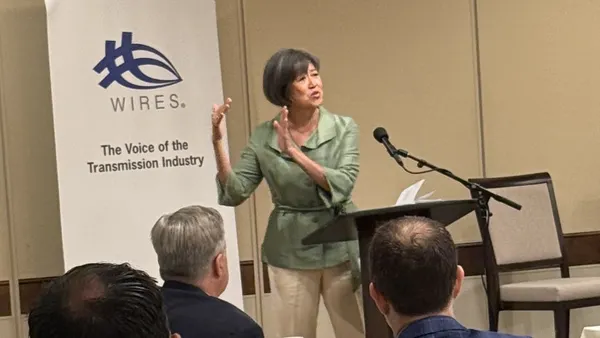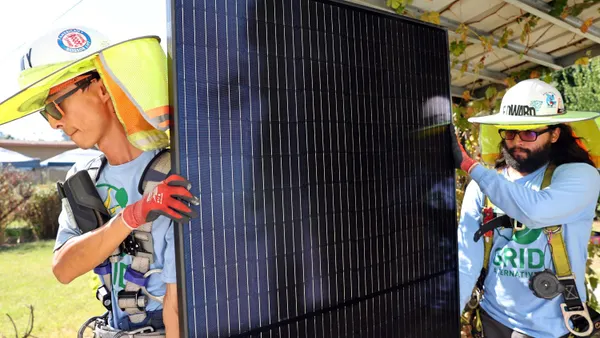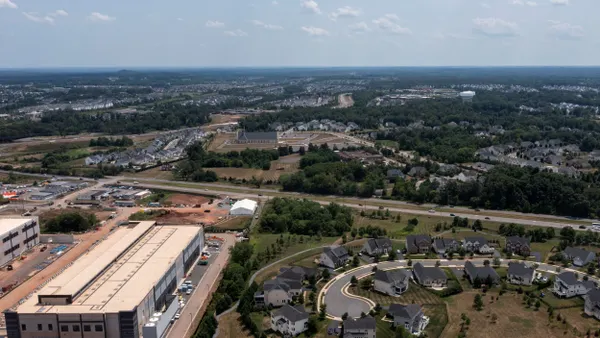The following is a guest post from Tom Kuhn, president of the Edison Electric Institute, the association that represents all U.S. investor-owned electric companies.
This week is National Infrastructure Week, a bipartisan, national effort to highlight the importance of enhancing America’s infrastructure.
When we think about America’s infrastructure, the energy grid is often referred to as the most critical of our critical infrastructure. The energy grid provides tremendous value to all customers and businesses across the nation. It truly is the backbone of our electric system and powers our economy.
As the operators of the energy grid, America's electric companies also are vital to the economy. The electric power industry supports more than 7 million American jobs and contributes $880 billion to the economy—or 5% to the nation's total GDP.
Today, our industry is leading enormous change to meet customers’ expectations for cleaner energy and more customized services. We are investing more than $100 billion each year to give customers the energy solutions they want and to ensure energy gets where it is needed when it is needed.
Electric companies are developing a smart grid that empowers customers, ensures reliability, reinforces resiliency, and integrates distributed energy resources. As part of their efforts to build smarter energy infrastructure, companies are deploying advanced digital technologies, improving power lines and substations, hardening the system against severe weather, and enhancing cyber and physical security.
One key building block of a more dynamic and more secure grid is the continued deployment of digital smart meters. More than 70 million smart meters are deployed across the country in 55% of U.S. households. Investments that hasten the integration of new technologies — such as wind and solar, energy storage, microgrids, and other devices in our homes and businesses — are another.
Smarter energy infrastructure is key to delivering the reliable, affordable, and cleaner energy future customers want and expect. In just 10 years, the mix of sources used to generate electricity has changed dramatically. Today, one-third of U.S. power generation comes from zero-emissions sources—nuclear energy and renewables, such as hydropower, wind, and solar.
As we discuss infrastructure this week, it is important to focus on advancing public policies that benefit customers and encourage much-needed investment in critical energy infrastructure.
EEI's member companies strongly support pro-growth tax reform because we believe that a simpler tax code, broader tax base, and lower tax rates will grow the economy and increase the competitiveness of the United States, support job creation in America, and benefit our customers. As tax reform proposals advance, it is important that interest deductibility for electric companies be maintained to keep capital costs and energy bills as affordable and predictable as possible, while we make major investments in infrastructure.
As we continue to build smarter energy infrastructure, we also need policies that streamline and expedite the process for permitting and siting electric transmission, natural gas, and renewable energy infrastructure. We also need policies that support a diverse energy mix. Electric companies have always relied on a variety of domestic energy resources—including coal, natural gas, nuclear, and renewables—to generate electricity. As our energy mix changes, maintaining a balanced energy mix that includes traditional energy sources, as well as clean and renewable ones, remains a top industry priority. This is the best way to preserve the safe, reliable, and affordable energy that our customers expect—because energy that is not affordable is not sustainable.
Of course, paramount to building smarter energy infrastructure is protecting it. Our security strategies constantly evolve and are closely coordinated with the federal government through a partnership called the Electricity Subsector Coordinating Council (ESCC). By working together through the ESCC, industry and government greatly enhance our nation’s ability to defend and to protect against cyber and physical security threats.
Our industry remains committed to meeting customers’ needs by building and using smarter energy infrastructure, providing clean energy, and creating customer solutions. This commitment provides us an opportunity to work with the Administration and policymakers on both sides of the aisle to collaborate and advance key policy priorities for the benefit of all electricity customers.





